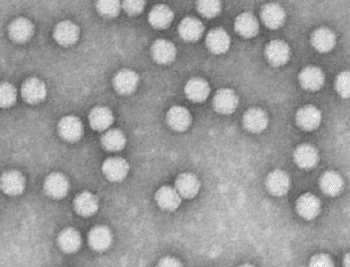Intranasal Antibody Gene Transfer in Mice and Ferrets Protects Against Influenza Infection
By LabMedica International staff writers
Posted on 13 Jun 2013
Transmission of the influenza virus was blocked in animal models by a gene therapy technique that introduced a neutralizing antibody gene directly into the cells lining the nose and respiratory system.Posted on 13 Jun 2013
Investigators at the University of Pennsylvania (Philadelphia, USA) worked with mouse and ferret influenza models. To protect these animals against influenza A infection the investigators used a modified adeno-associated virus (AAV) vector to deliver the gene that encodes the broadly neutralizing monoclonal anti-influenza antibody FI6 directly into the nasopharyngeal mucosa of the mice and ferrets.
Test animals were exposed to lethal quantities of three strains of influenza serotype H5N1 and two strains of serotype H1N1, all of which were associated with historic human pandemics (including the H1N1 1918 "Spanish flu" pandemic).
The investigators reported in the May 29, 2013, online edition of the journal Science Translational Medicine that intranasal delivery of the FI6 gene afforded complete protection against influenza infection in both the mouse and ferret model systems.
“The experiments described in our paper provide critical proof-of-concept in animals about a technology platform that can be deployed in the setting of virtually any pandemic or biological attack for which a neutralizing antibody exists or can be easily isolated,” said senior author Dr. James. M. Wilson, professor of pathology and laboratory medicine at the University of Pennsylvania. “Further development of this approach for pandemic flu has taken on more urgency in light of the spreading infection in China of the lethal bird strain of H7N9 virus in humans.”
Related Links:
University of Pennsylvania















